At home workouts have been growing in popularity over the last few years. The easy accessibility of quality exercise guides on Youtube, the rise of fitness apps, and the most recent driving factor: a pandemic that kept us confined to our homes all day for years – all these reasons and more have led to people working out at home. If you’ve been missing the vibe and your tribe at your regular workout class, there are still ways to enjoy a Pilates workout at home. Read more to find out how these 7 Pilates exercises for beginners can help you stay healthy without having to leave your home.
What is at home Pilates?
Developed in the 1920s by physical trainer Joseph Pilates, Pilates was meant to support injured army veterans as they healed and trained for their return to the field. It was also useful for athletes or dancers with pain or injuries. With Pilates, they could exercise safely as they regained their fitness without requiring more than a mat. These low-impact Pilates exercises are effective at strengthening and toning the body while being easy for beginners to try at home.
Pilates involves a series of exercises designed to move your whole body with the primary focus being on empowering your core and aligning your spine. This ensures greater balance, flexibility, and improved posture. Doing Pilates at home is highly recommended because it improves physical health by augmenting strength and flexibility, while also boosting mental health through its focus on breathing and rhythm.
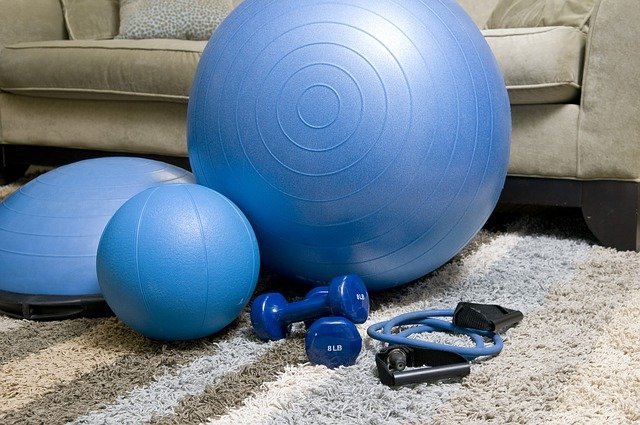
If you go to a gym, you’ll find all kinds of equipment that’ll help you transition from beginner to advanced level Pilates, but you don’t need those at home. For a good Pilates session for beginners at home, all you’ll need is a mat and some concentration.
Can I do a Pilates workout at home?
Pilates is a low-impact form of exercise which requires only a mat. It can be done by people of all ages, at any level of fitness, and does not require you to strain yourself. The only thing you really need to do at home Pilates is concentration and control, so that you don’t injure yourself while going through the specific range of exercises.
The focus of the workout is on all your core muscles which allows you to align and strengthen them in a phased easy manner. A key tenet of Pilates is paying attention to your breath so that you can do the exercises at your own rhythm.
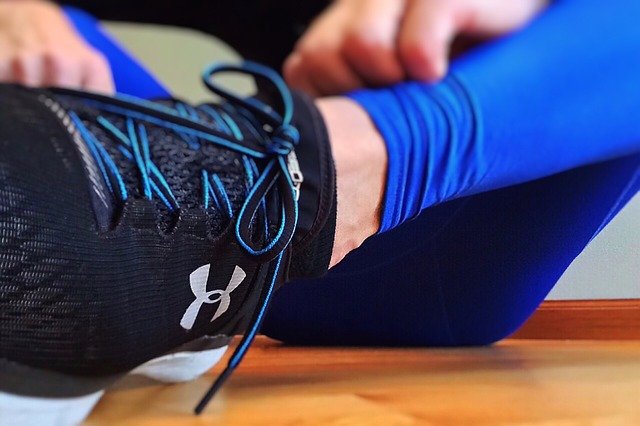
Most Pilates workouts follow a rhythmic breathing pattern and are performed with 5-10 reps, over a span of 45-90 minutes. They can be done at your own pace but you should make sure you focus and follow the instructions carefully. To gain the most from your at home Pilates sessions, it is recommended to do them 2-3 times a week.
How is at home Pilates different from going to a class?
There are two primary forms of Pilates workout:
Mat-based
This form of Pilates requires you to do exercises on a mat using your own body weight as a form of resistance. The focus is on augmenting the deeper, core muscles of the body to boost your posture, coordination, and balance.
Equipment-based
This form of Pilates is done on equipment which use springs to provide resistance for your workouts. Certain workouts might also require you to use weights and other minor equipment in order to challenge your muscles.
Find out which works best for you: a mat workout or Reformer Pilates?
A Pilates workout at home is usually mat-based because you probably don’t have all the equipment. If you go to a gym or class, the routine usually incorporate equipment-based Pilates.
Another big difference is that you will have a professional and qualified trainer in class or at the gym. This professional will make sure that the exercises are suitable to your specific medical and physical condition and reevaluates them on a consistent basis for effectiveness.
Is at home Pilates different from doing yoga at home?
Pilates is deeply inspired by the ancient practice of yoga so the two do share common ground. Both aim to lengthen and stretch out major muscles within the body and work on improved balance, flexibility, body awareness, and strength.
However, the 500 Pilates exercises also take inspiration from calisthenics and ballet which gives Pilates a difference from yoga. The one key difference is in movement: yoga is predominantly based on static postures but Pilates encourages you to assume postures and challenges you by incorporating movement of muscles and limbs. Yoga also has an extended focus on breathing and meditation in addition to exercises and postures.
What are the benefits of a Pilates workout at home?
Pilates is a low-impact exercise that works out your whole body and offers substantial mental health benefits too. Here are some of the leading benefits of an at home Pilates session:
- Heightens body awareness
- Improves coordination and balance
- Augments flexibility
- Leads to improved posture by stabilizing the spine
- Reduces and prevents musculoskeletal injuries
- Helps manage stress and promote relaxation
- Tones and strengthens muscles, particularly the ones that form the core of the body
- Relaxes the tension in your shoulders, neck, and upper back
- Improves cardiovascular capacity and circulation by means of deep breathing
- Enhances muscular control of your back and limbs
- Boosts concentration
Is a Pilates Workout at Home suitable for everyone?
Pilates was designed to help injured war veterans and sports people recover while maintaining their fitness. It is intended to be low-impact and is therefore suitable for all ages and all levels of fitness. It does not require you to work your muscles to the point of complete exhaustion or injury.
However if you fit into any of the following categories, you should consult your medical practitioner before beginning a Pilates routine:
- Overweight or obese
- Have a chronic or pre-existing medical condition
- Have had surgery recently
- Pregnant
- More than 40 years of age
- Hasn’t exercised in a long time
- Have arthritis or autoimmune conditions
- Suffer from preexisting musculoskeletal injuries
7 Easy Pilates Exercises for Beginners at Home
There are over 500 types of exercises of exercises in the Pilates world, which can make it overwhelming to decide how and where to get started with your workout session. Here are some of the most popular and effective Pilates exercises that even beginners can safely try at home:
1. Leg extension with crunch
Like most crunches, this exercise focuses on strengthening your abs as we keep them engaged. As a more secondary focus though, the leg extensions help for strengthening your legs and glutes while keeping your lower back stretched.
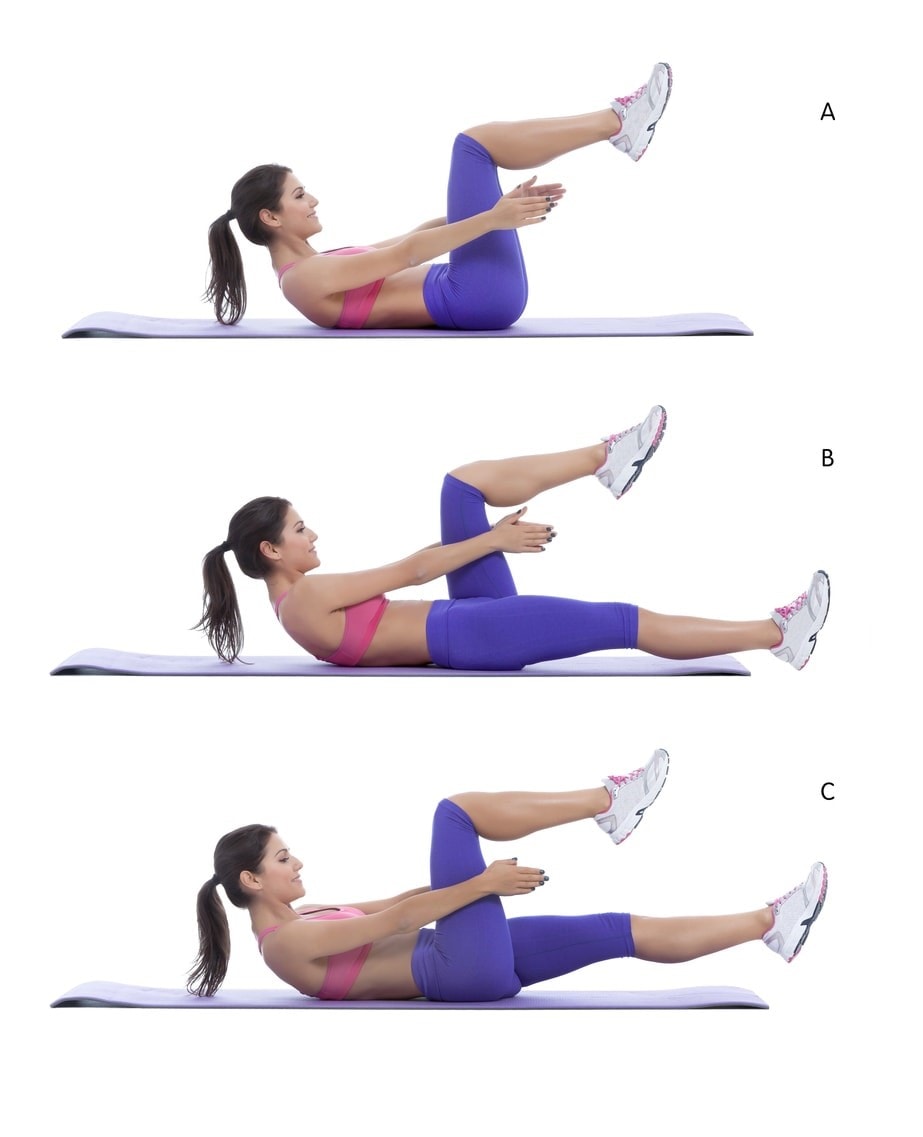
- Lie flat on your back with legs in table top position.
- Crunch your abs and raise your shoulders off the ground, reaching your arms out beyond your thighs.
- Keeping abs engaged, stretch your right leg out till it is straight but keep it a few inches off the ground.
- Make sure your neck stays loose but your core is active and bring your leg back to table top position.
- Repeat on the other side and carry on for 10 repetitions.
2. Criss cross move
Like the last exercise, the criss cross help boost our core. However unlike our least stretch, the secondary focus on twisting our body helps strengthen our shoulders and hips as we turn.

- Lie flat on the mat with your elbows crooked and fingers interlaced behind your head, keeping elbows wide.
- Bend your knees and place feet on the mat, hip-width apart.
- Rest your right ankle on your left knee and engage your core, curling up to bring your left elbow to your right knee.
- Lie back slowly keeping your abs engaged. Repeat on the other side.
- Repeat 5 times.
3. Roll up with bent knees
30% more effective than simple crunches, roll ups help strengthen our hip and spine flexibility.

- Lie on the mat with your arms stretched out overhead and your legs flat and hip-width apart.
- Move your legs into table top position and lift your arms over to beside your knees, curling your abs to help you move.
- Keeping your core muscles engaged, uncurl and lie back on your mat, stretching arms and legs back into position.
- Repeat 10 times.
4. Leg stretch (single leg)
Despite the name, the leg stretch is actually focused not focused on our legs. But instead on improving our abdominal muscles, spine stability, and upper body strength.
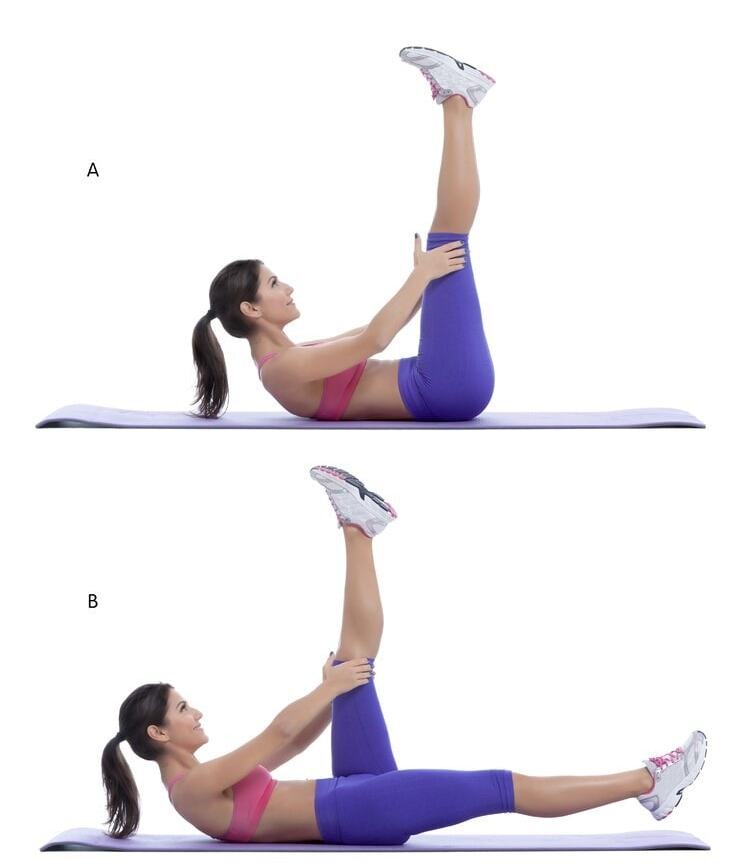
- Lie on your mat on your back with your arms by your sides.
- Activate your core, keep your lower back pressed to the ground and raise your legs up towards the ceiling.
- Contract your abs and lift your shoulders up towards your knees, keeping your neck loose.
- Keeping your abs contracted, reach your hands out to hold your left knee and pulse the leg towards you twice. Breathe out and switch legs.
- Switch legs 10 times.
5. Side plank (for beginners)
The simple side plank is highly effective because it helps keep three different muscle groups engaged. Namely our shoulders, hips, and core, are all used throughout the exercise, helping strengthen them, while also improving our balance.

- Stretch out on your right side with your legs straight and hips aligned.
- Using your hand on the mat for stability, activate your core muscles and lift your hips and knees off the mat
- Observe your posture: your arm should be active, your body should be in a straight line, and your head should not drop forwards or sideways. Hold for 30 seconds.
- Lower yourself carefully and repeat on the other side.
6. Side plank (advanced version)
Like the beginner version, the advanced version focuses on the same areas of shoulders, hips, and core, while also improving our balance.
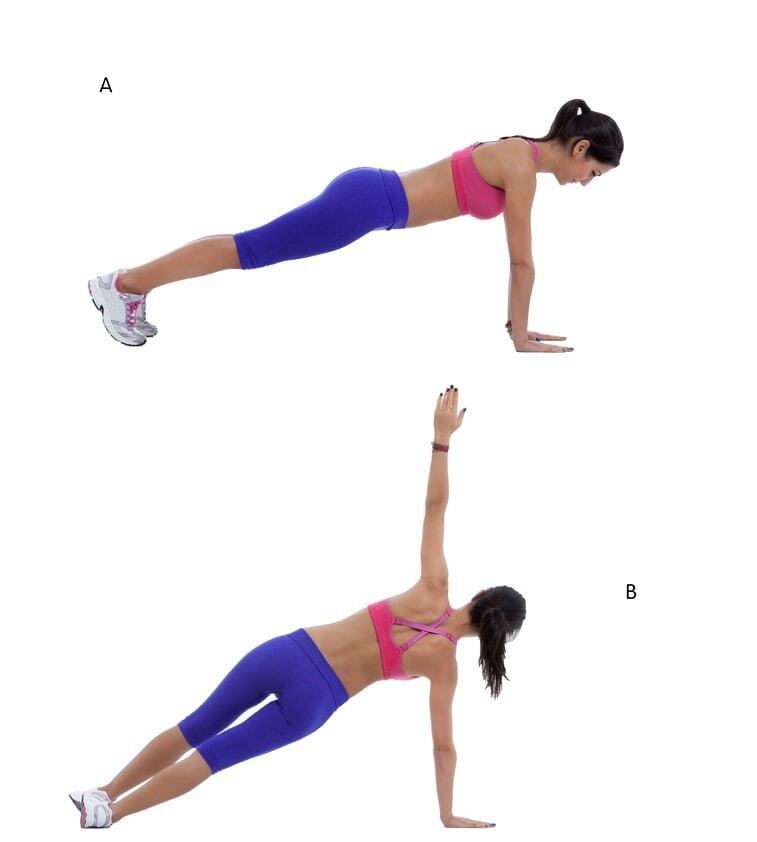
- Stretch out on your right side with your legs straight and hips aligned.
- Using your hand on the mat for stability, activate your core muscles and lift your hips and knees off the mat
- Keeping your head engaged and in the same line as your spine, stretch your left arm out so that it is lined up with your right arm.
- Observe your posture: your arms should be active, your body should be in a straight line, and your head should not drop forwards or sideways. Hold for 30 seconds.
- Lower yourself carefully and repeat on the other side.
7. Leg lift with plank
To finish up our final exercise keeps our entire body engaged throughout. This improves both arm and leg strength along with posture and stability.
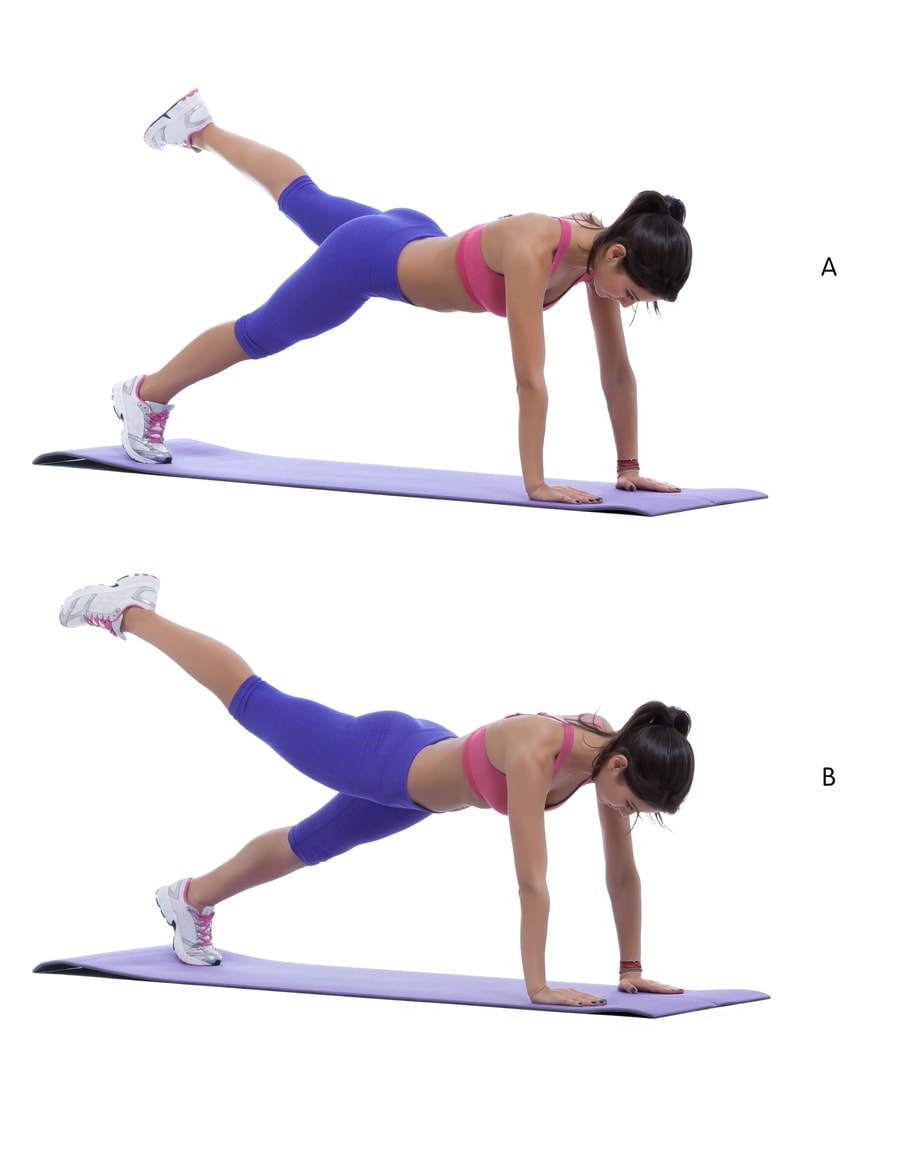
- Take the plank position and ensure your arms are extended and toes are planted firmly on the floor.
- Activate your abdominal muscles and begin to raise your left leg till it is 8-10 inches above the floor.
- Hold your left leg still for a few counts using your abs for stability and keeping your hips aligned.
- Lower your left leg and repeat on the other side.
- Repeat 5-10 times.
Want to do Even More?
If you’ve enjoyed these Pilates exercises for beginners, then you might want to do even more at home. Visual learners might want to try continuing on with the incredibly popular Youtube channel Move with Nicole whose channel features an easy beginner friendly workout series. More physical or social learners might instead want to try joining a Pilates class. Avaana can help directly compare Pilates classes near you to help you find the best option for you and your skill level.



